 Well, after watching Holiday Inn, of course I put this videocassette into the VCR the next evening. The label on the video indicates I paid twice as much for it as Holiday Inn, but they both look like church youth group garage sales. Probably different years. They haven’t had one of those sales in years, which explains why have accumulating boxes of “donations” in my garage.
Well, after watching Holiday Inn, of course I put this videocassette into the VCR the next evening. The label on the video indicates I paid twice as much for it as Holiday Inn, but they both look like church youth group garage sales. Probably different years. They haven’t had one of those sales in years, which explains why have accumulating boxes of “donations” in my garage.
This film starts with Bing Crosby and Fred Astaire Danny Kaye putting on a show near the front in France, 1944. It’s Christmas Eve, and their division is about to move up, so they want to give the guys something pleasant before they do. And they want to honor their outgoing General Waverly who is being replaced with someone straight from the Pentagon. After the show, Phil Davis (Kaye) pulls Bob Wallace (Crosby) from a falling wall, saving his life. When they meet in the hospital, Wallace expresses his gratitude and offers to do anything for Davis–and Davis responds by showing him a song, which is a duet–although Wallace claims he works alone, he now has a partner.
A decade later, they are a successful act on tour with their show when they meet two sisters, Betty (Rosemary Clooney) and Judy (Vera-Ellen) Haynes, a sister act whose brother served with Davis and Wallace. When the girls announce that they’re heading to Vermont (and have to get out of town fast), Davis gives the girls their plane tickets and stalls the local law while the girls escape. He then connives a trip to Vermont with Wallace with the girls, and they discover that the inn where the girls are to perform is owned by General Waverly. The inn might as well be closed: with no snow in Vermont this year, no guests are staying at the inn. But Wallace and Davis bring their show to the inn for rehearsals and then call their old service mates to come see it to support the old man. And finis!
Watching them on consecutive nights leads one to compare the two, and I definitely prefer Holiday Inn. The songs are better, and this film has a couple or three song-and-dance numbers just grafted onto the narrative under the pretense that they’re parts of the show being rehearsed. One, the “Choreography” number, laments that the talents of individual singers and dancers are being lost to the large song and dance numbers that are merely synchronized movements of masses. Crosby and Clooney share a good number that fits into the plot as does “Snow”, but they’re almost exceptions.
The film has Vera-Ellen in the role of the young attractive woman. Too young for Crosby’s character, she pairs up with Kaye. How does she compare to Marjorie Reynolds?



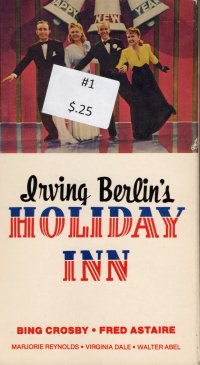 When it comes time to re-watch the movies featuring White Christmas, I must watch them in order: This film and White Christmas. Of the two, I like this one better. I mean, face it: Danny Kaye, the co-star in White Christmas, is no Fred Astaire. Full disclosure: I also own and enjoy A Couple of Song and Dance Men, their 1976 LP.
When it comes time to re-watch the movies featuring White Christmas, I must watch them in order: This film and White Christmas. Of the two, I like this one better. I mean, face it: Danny Kaye, the co-star in White Christmas, is no Fred Astaire. Full disclosure: I also own and enjoy A Couple of Song and Dance Men, their 1976 LP.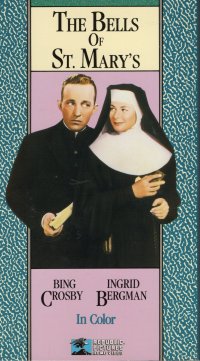 I pulled this film from the Nogglestead media library as a Christmas movie because I remember that it has Bing Crosby introduce his version of “Adeste Fidelis” which is on about 10% of the Christmas records at Nogglestead (or such was the case before I began buying new Christmas record in earnest about a decade ago) and that it has a related children’s Christmas program scene, but as it turns out, the Christmas scene is but one portion of the film. I might as well call
I pulled this film from the Nogglestead media library as a Christmas movie because I remember that it has Bing Crosby introduce his version of “Adeste Fidelis” which is on about 10% of the Christmas records at Nogglestead (or such was the case before I began buying new Christmas record in earnest about a decade ago) and that it has a related children’s Christmas program scene, but as it turns out, the Christmas scene is but one portion of the film. I might as well call  This 2004 film comes from a time where Tim Allen was at the height of his celebrity, returning to the genre where he saw his greatest success in films (the Christmas comedy, as The Santa Clause and its sequels were far better received than, say, Joe Somebody). It’s based on a book by John Grisham who was at about the beginning of the ebb of his bestselling dominance I presume–I can’t think of another book of his after Skipping Christmas, but that might be because not long after I stopped looking at the bestseller list to see how Robert B. Parker’s latest work was doing.
This 2004 film comes from a time where Tim Allen was at the height of his celebrity, returning to the genre where he saw his greatest success in films (the Christmas comedy, as The Santa Clause and its sequels were far better received than, say, Joe Somebody). It’s based on a book by John Grisham who was at about the beginning of the ebb of his bestselling dominance I presume–I can’t think of another book of his after Skipping Christmas, but that might be because not long after I stopped looking at the bestseller list to see how Robert B. Parker’s latest work was doing.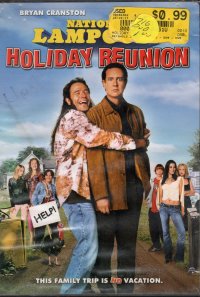 This film is also entitled National Lampoon’s Thanksgiving Reunion which clarifies which holiday is involved, as I discovered when I watched it after Thanksgiving and totally ruined it.
This film is also entitled National Lampoon’s Thanksgiving Reunion which clarifies which holiday is involved, as I discovered when I watched it after Thanksgiving and totally ruined it.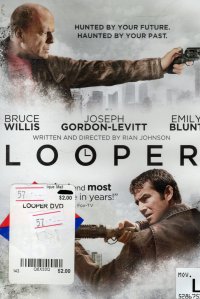 Alright, alright, alright, my film watching has not shifted to Christmas movies exclusively, gentle reader. So I picked up this film one quiet evening at Nogglestead.
Alright, alright, alright, my film watching has not shifted to Christmas movies exclusively, gentle reader. So I picked up this film one quiet evening at Nogglestead. I am not sure that I have seen this film all the way through, but I probably have at some point and might even uncover another copy of it in the library (which happens slightly more for films than for books, fortunately, although the Nogglestead to-read stacks would be less daunting at times if I could like Thanos snap my fingers and half of them disappear–although I’d rather not give my beautiful wife the idea that that is an option). But as it is coming up on Christmas time, I thought I’d watch some Christmas movies, starting with this one.
I am not sure that I have seen this film all the way through, but I probably have at some point and might even uncover another copy of it in the library (which happens slightly more for films than for books, fortunately, although the Nogglestead to-read stacks would be less daunting at times if I could like Thanos snap my fingers and half of them disappear–although I’d rather not give my beautiful wife the idea that that is an option). But as it is coming up on Christmas time, I thought I’d watch some Christmas movies, starting with this one.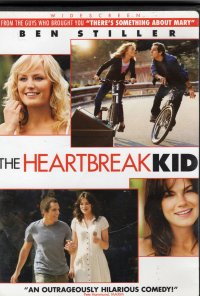 I think of this movie as coming after Ben Stiller’s peak period, but to be honest, something happened in 2006 that killed our cinema-going days for a while (before the insipidity of modern movies completely killed it). My oldest was born in 2006, so I missed a lot of movies between then and forever except for those I’m catching up on via home media (whose reach is already waning as streaming takes over). Looking at his IMDB listing, Stiller has remained active, although mostly on sequels to things that came out before 2006. So I guess we don’t have to pen a “Where Are They Now?” entry about him just yet.
I think of this movie as coming after Ben Stiller’s peak period, but to be honest, something happened in 2006 that killed our cinema-going days for a while (before the insipidity of modern movies completely killed it). My oldest was born in 2006, so I missed a lot of movies between then and forever except for those I’m catching up on via home media (whose reach is already waning as streaming takes over). Looking at his IMDB listing, Stiller has remained active, although mostly on sequels to things that came out before 2006. So I guess we don’t have to pen a “Where Are They Now?” entry about him just yet.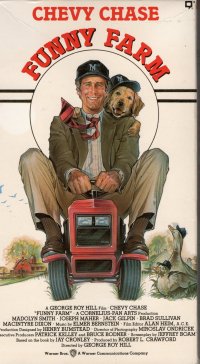 I bought this film
I bought this film 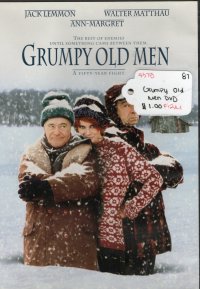 This film also came out when I was in college (although I guess
This film also came out when I was in college (although I guess 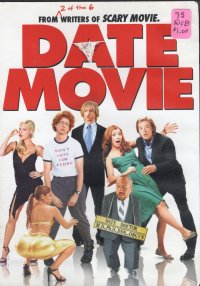 Last-in, first-out (LIFO) appears to be my film watching philosophy, gentle reader, but that’s partly because the results of my most recent trips to book sales or
Last-in, first-out (LIFO) appears to be my film watching philosophy, gentle reader, but that’s partly because the results of my most recent trips to book sales or 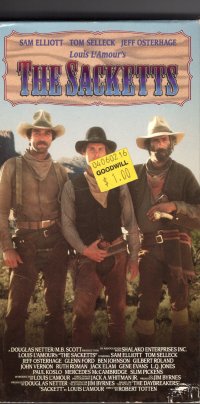 It’s been a while since I’ve read
It’s been a while since I’ve read 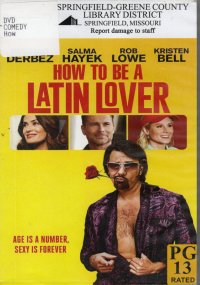 Well, after watching
Well, after watching 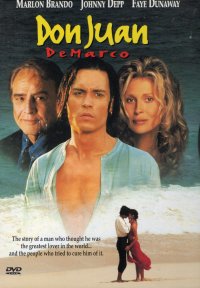 I was vaguely aware of this film when it came out. I was just about a year out of college, and either my friend
I was vaguely aware of this film when it came out. I was just about a year out of college, and either my friend 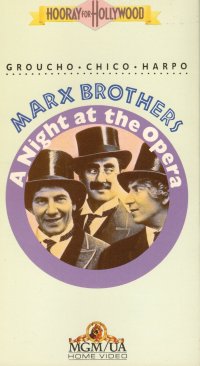 Well, gentle reader, I suppose since I just watched a couple episodes of
Well, gentle reader, I suppose since I just watched a couple episodes of 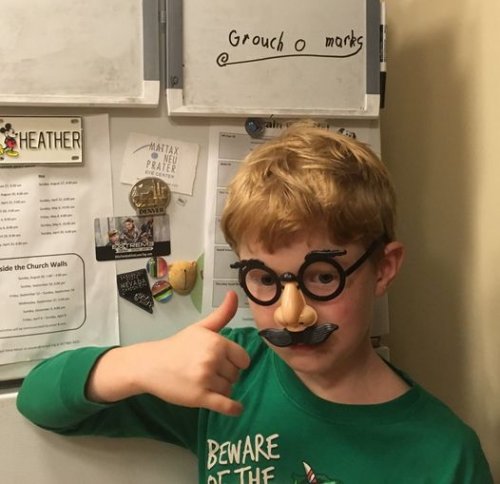
 This weekend, gentle reader, I spent a moment to take the DVDs that
This weekend, gentle reader, I spent a moment to take the DVDs that 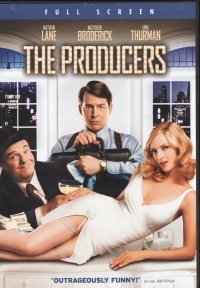 Wait a minute. Somehow, I got it in my head that this was a Mel Brooks movie, and it is. Sort of. This version of The Producers is the film version of the Broadway show, starring Matthew Broderick and Nathan Lane. The Broadway show, of course, was the Broadway show version of a Mel Brooks film from the late 1960s (The Producers starring Gene Wilder). Sweet Christmas, the only way this could peg the things Brian J. reads/watches meter would be if it were the novelization of a video game based on a novelization of a film of a Broadway show based on a film. Based on a Shakespearean play in the original Klingon or something.
Wait a minute. Somehow, I got it in my head that this was a Mel Brooks movie, and it is. Sort of. This version of The Producers is the film version of the Broadway show, starring Matthew Broderick and Nathan Lane. The Broadway show, of course, was the Broadway show version of a Mel Brooks film from the late 1960s (The Producers starring Gene Wilder). Sweet Christmas, the only way this could peg the things Brian J. reads/watches meter would be if it were the novelization of a video game based on a novelization of a film of a Broadway show based on a film. Based on a Shakespearean play in the original Klingon or something.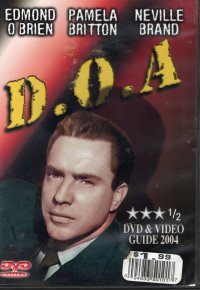 When I mentioned that I was watching this film to my beautiful wife, she associated the title with the
When I mentioned that I was watching this film to my beautiful wife, she associated the title with the  This is a comedy special by Ron White. You know, that other guy from the Blue Collar Comedy Tours from the turn of the century. No, the “Here’s your sign” guy is Bill Engvall (whose book
This is a comedy special by Ron White. You know, that other guy from the Blue Collar Comedy Tours from the turn of the century. No, the “Here’s your sign” guy is Bill Engvall (whose book 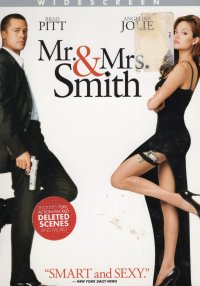 Old movies had
Old movies had